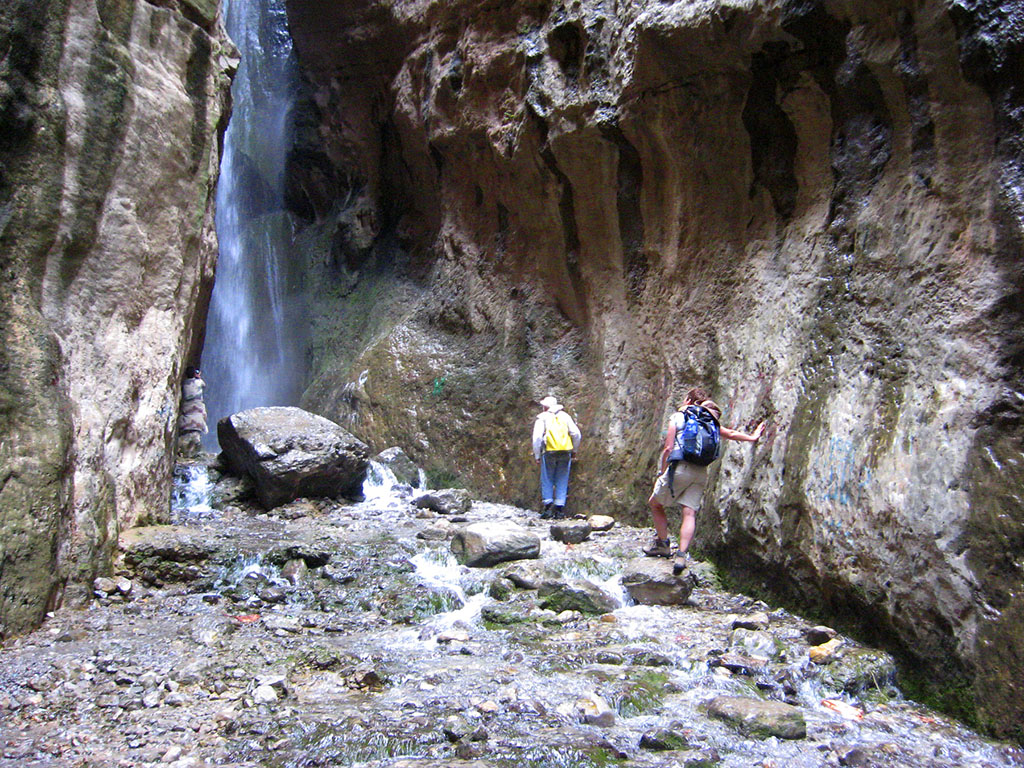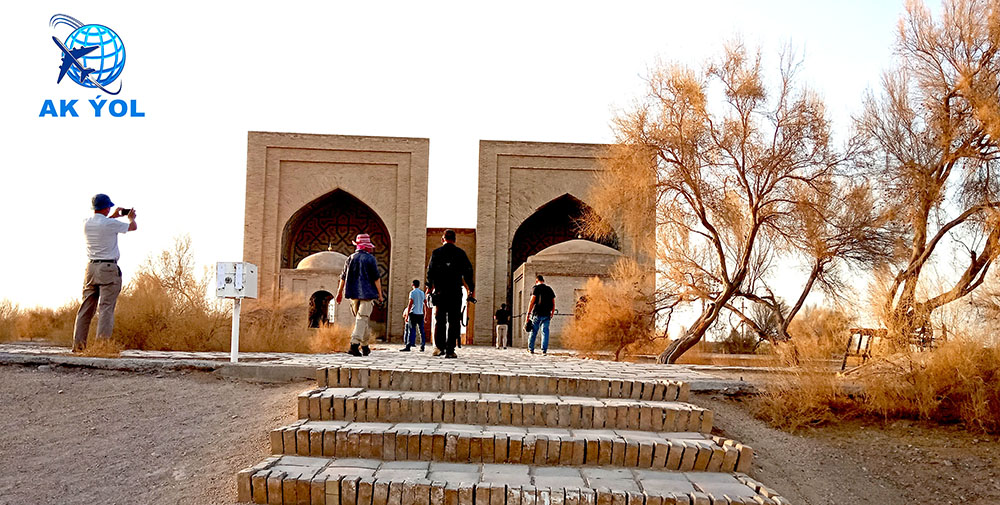MOSQUE OF SEYITJEMALEDDIN
MOSQUE OF SEYITJEMALEDDIN

In Turkmenistan, there is the mosque of Seyit Jemaleddin, located in Anau, which combines the magnificent architectural traditions and artistic styles of the Timurid era. This historical monument was built during the 15th century under the leadership of Abul Kasym Babur, a descendant of the Timurids from Khorasan. The mosque, with its architectural beauty and design, left a lasting impression on many Eastern Muslim architects. Unfortunately, the earthquake on October 6, 1948, caused significant damage to the building. However, some parts of the historical structure have survived. Before the earthquake, the mosque consisted of three main parts, designed in a unique artistic style. The mosque’s central axis was oriented from the southwest to the northeast, and its mihrab faced the direction of the Kaaba. The interior of the mosque
was square-shaped, with dimensions of 10.5 meters on each side and topped with a dome. It featured a large, circular hallway leading to the central courtyard, with the main entrance arch serving as the gateway. The mihrab was located on the lower part of the wall, opposite the entrance, with shelves on either side, and windows were placed in the upper sections.









